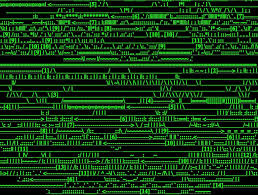web adventure blog
- mckennafitch

- Apr 19, 2020
- 1 min read
This article begins by discussing the creation of “net.art”, the emergence of digital creativity. Before the United States, countries such as Russian and Europe took off with the idea of online creations being considered an “artistic medium”. In the 1990s, Americans began using the digital world as not only a widespread from of art and communication, but as a way to communicate political and economic theories and propaganda. During this time, popular websites such as Jodi.org were founded as a space to communicate and join together in collaboration to create. People then began finding ways to create websites in ways that would “break the domain”. The logic behind the theory of Name.Space, “was that if there were a more expansive set of names for websites, it would be more difficult for corporations or individuals to monopolize Web address”. Playful sites as well as momentous sites that discussed topics such as feminism boomed. Female artist Olia Lialina created highly published works that encouraged people to “experiment creating frames within frames and new combinations of text and image”. It is easy to say that Lialina had a huge impact during the growth of digital art. In 1997, Desktop Is was created. This was a website where applicants submitted a screen shot of their home screens. The home screen was said to define an artist and “personal revelations”. Other popular sites during this time include I/O/D and 7-11. Also during this time, hackers and web stalkers appeared and began tampering with the internet world. The technological advances of web art during the mid to late 1900s highly impacted the digital are world today.








Comments